Jayant Chhillar
Design and Performance Analysis of Hardware Realization of 3GPP Physical Layer for 5G Cell Search
Nov 22, 2022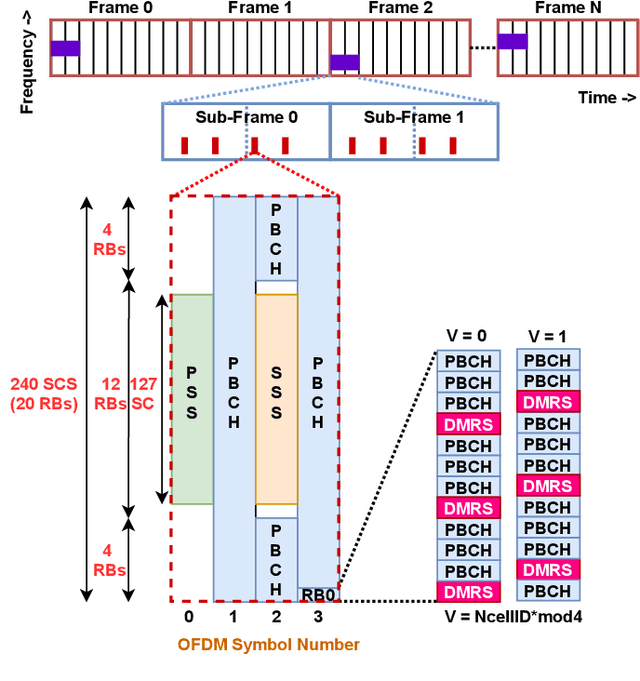
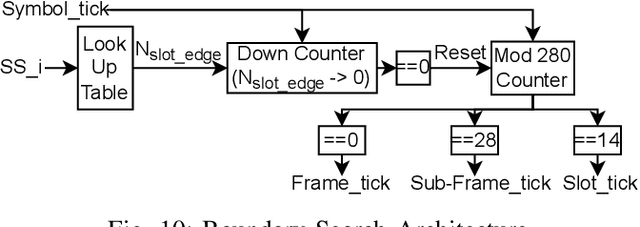
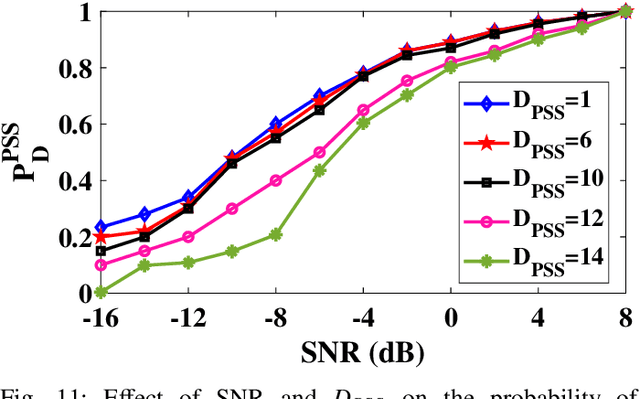
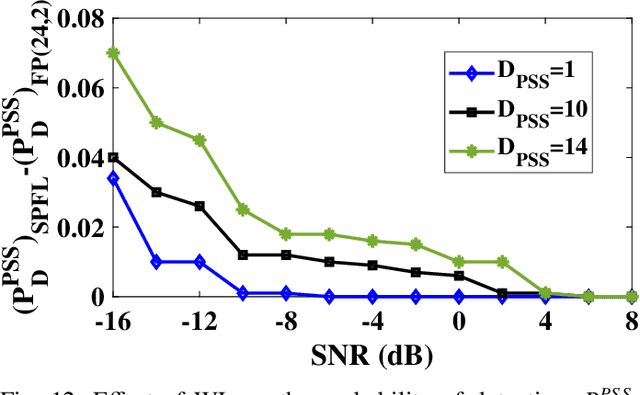
Abstract:5G Cell Search (CS) is the first step for user equipment (UE) to initiate the communication with the 5G node B (gNB) every time it is powered ON. In cellular networks, CS is accomplished via synchronization signals (SS) broadcasted by gNB. 5G 3rd generation partnership project (3GPP) specifications offer a detailed discussion on the SS generation at gNB but a limited understanding of their blind search, and detection is available. Unlike 4G, 5G SS may not be transmitted at the center of carrier frequency and their frequency location is unknown to UE. In this work, we demonstrate the 5G CS by designing 3GPP compatible hardware realization of the physical layer (PHY) of the gNB transmitter and UE receiver. The proposed SS detection explores a novel down-sampling approach resulting in a significant reduction in complexity and latency. Via detailed performance analysis, we analyze the functional correctness, computational complexity, and latency of the proposed approach for different word lengths, signal-to-noise ratio (SNR), and down-sampling factors. We demonstrate the complete CS functionality on GNU Radio-based RFNoC framework and USRP-FPGA platform. The 3GPP compatibility and demonstration on hardware strengthen the commercial significance of the proposed work.
Taygete at SemEval-2022 Task 4: RoBERTa based models for detecting Patronising and Condescending Language
Apr 22, 2022
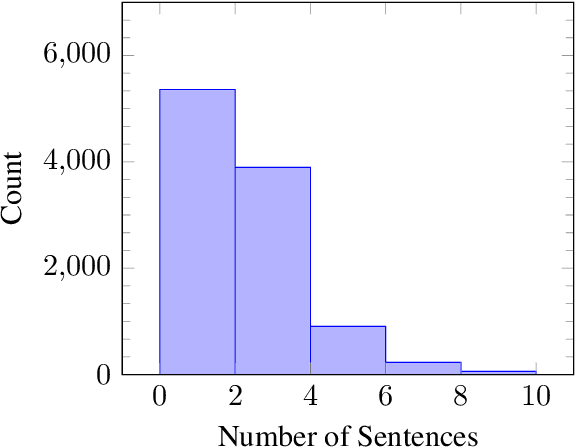
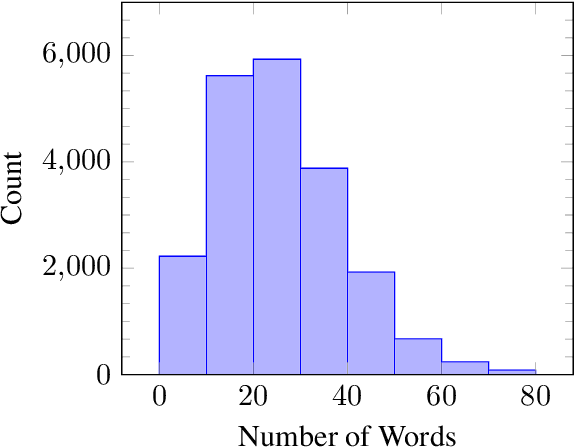
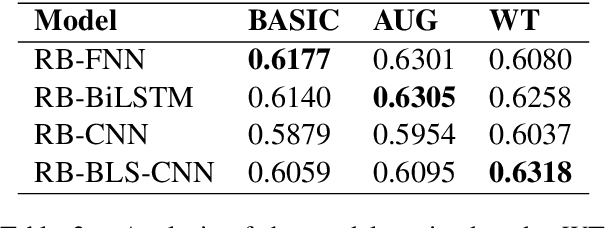
Abstract:This work describes the development of different models to detect patronising and condescending language within extracts of news articles as part of the SemEval 2022 competition (Task-4). This work explores different models based on the pre-trained RoBERTa language model coupled with LSTM and CNN layers. The best models achieved 15$^{th}$ rank with an F1-score of 0.5924 for subtask-A and 12$^{th}$ in subtask-B with a macro-F1 score of 0.3763.
 Add to Chrome
Add to Chrome Add to Firefox
Add to Firefox Add to Edge
Add to Edge